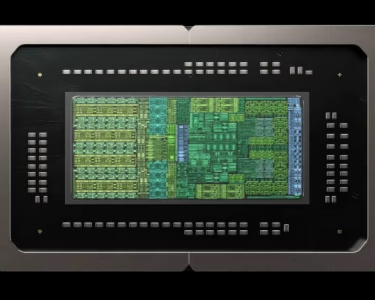Post-Quantum Cryptography & Quantum-Secure Systems: The Next Era of Digital Security
Introduction
Quantum computing is no longer a distant theory—it’s becoming a practical reality. While this new computing power promises breakthroughs in fields like drug discovery, AI optimization, and material sciences, it also poses a serious threat to cybersecurity. Traditional encryption methods such as RSA and ECC, which safeguard everything from online banking to government communications, may soon be cracked by powerful quantum algorithms.
To counter this, researchers and organizations are turning to Post-Quantum Cryptography (PQC) and quantum-secure systems, setting the stage for a new era of digital defense.
Why Traditional Cryptography Is at Risk
Most of today’s secure systems rely on the difficulty of solving large mathematical problems—like factoring huge prime numbers or solving discrete logarithms. Classical computers find these problems nearly impossible within a reasonable time.
However, quantum algorithms, such as Shor’s algorithm, can solve them exponentially faster. This means once practical quantum computers arrive, sensitive data could be exposed overnight.
What Is Post-Quantum Cryptography (PQC)?
Post-Quantum Cryptography refers to cryptographic methods designed to be resistant to attacks by both classical and quantum computers. Instead of relying on vulnerable number theory, PQC uses hard problems from areas like:
- Lattice-based cryptography – secure, efficient, and currently a leading candidate.
- Hash-based cryptography – relies on proven hash functions.
- Multivariate polynomial cryptography – based on solving systems of equations.
- Code-based cryptography – uses error-correcting codes as the foundation.
These methods are being standardized by organizations such as NIST (National Institute of Standards and Technology), which is finalizing PQC algorithms for global adoption.
Industry Adoption and Real-World Implementations
Major tech companies are already preparing for a quantum-secure future:
- HP has announced firmware protections powered by PQC to safeguard enterprise systems.
- Google and Cloudflare are testing hybrid encryption models that combine classical and PQC methods.
- Microsoft is incorporating PQC into its security frameworks.
This proactive approach is crucial because encrypted data stolen today could be “harvest now, decrypt later” once quantum computers become powerful enough.
Geopolitics and Policy Implications
The race toward quantum security isn’t just technological—it’s geopolitical. Nations see quantum readiness as a matter of national defense, economic stability, and digital sovereignty. Governments are pushing policies to ensure their infrastructure is quantum-resistant by the 2030s.
Key areas include:
- Updating defense and financial communication systems.
- International cooperation on encryption standards.
- Preparing businesses and institutions for migration to PQC.
Challenges in PQC Adoption
Despite its promise, PQC faces hurdles:
- Performance trade-offs: Some algorithms are slower than existing cryptographic methods.
- Compatibility issues: PQC must integrate smoothly into existing protocols like TLS and VPNs.
- Global standardization: Widespread adoption requires agreement among industries, governments, and regulators.
The Road Ahead
The transition to quantum-secure systems is not optional—it’s inevitable. The world must prepare for:
- Hybrid systems that combine classical and quantum-resistant algorithms.
- Long-term secure key management for sensitive data.
- Continued research into faster, more efficient PQC solutions.
Conclusion
As quantum computing accelerates, the security landscape is entering a historic turning point. Post-Quantum Cryptography and quantum-secure systems represent the frontline defense in protecting digital assets, national security, and global trust.
For businesses, policymakers, and researchers alike, the time to act is now—before quantum computers move from lab experiments to mainstream disruptors.





